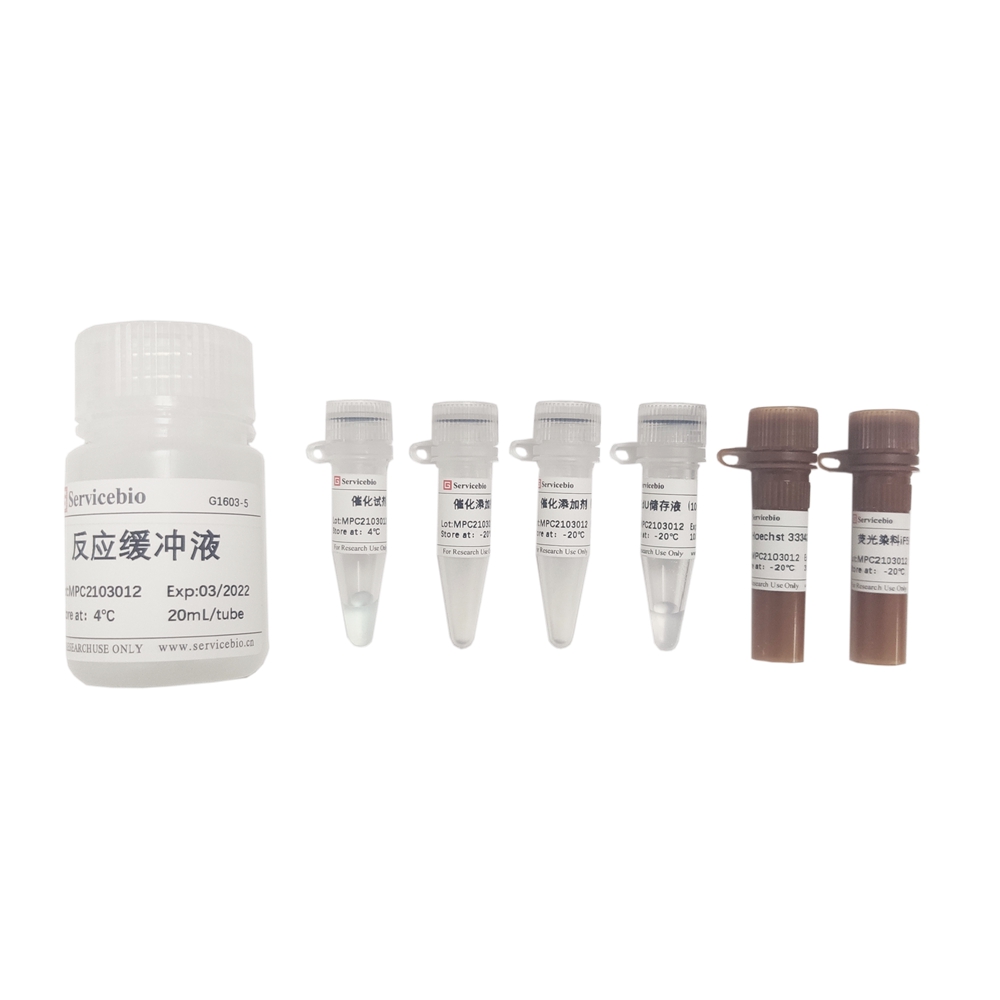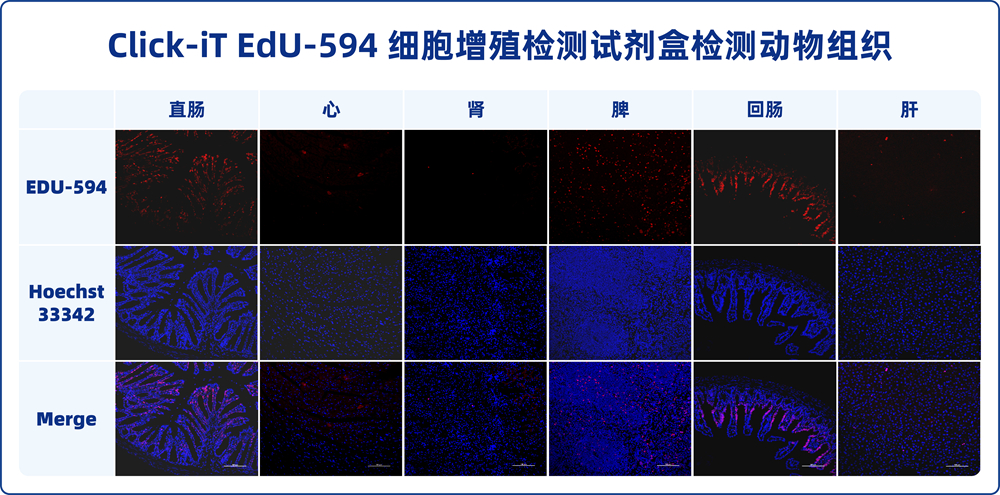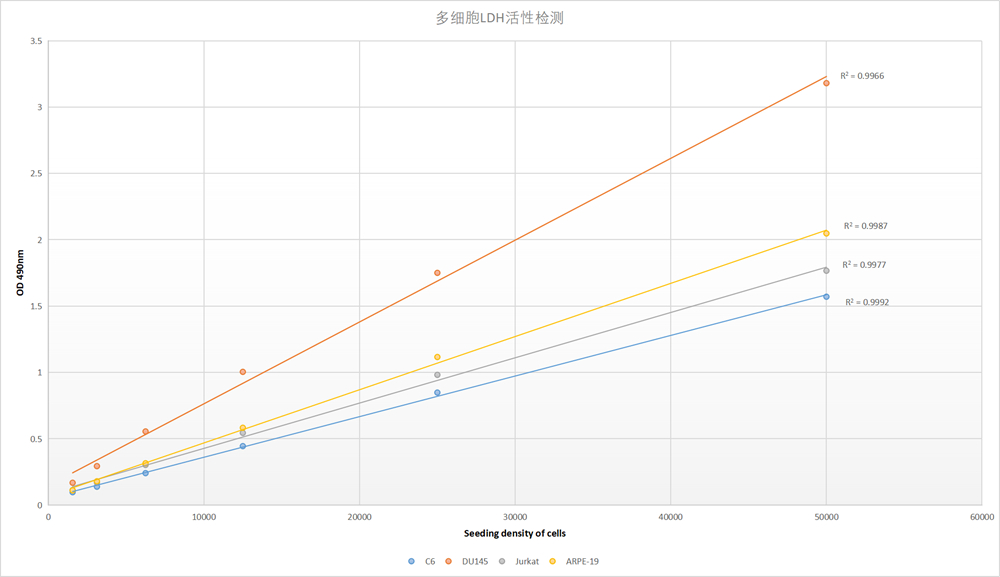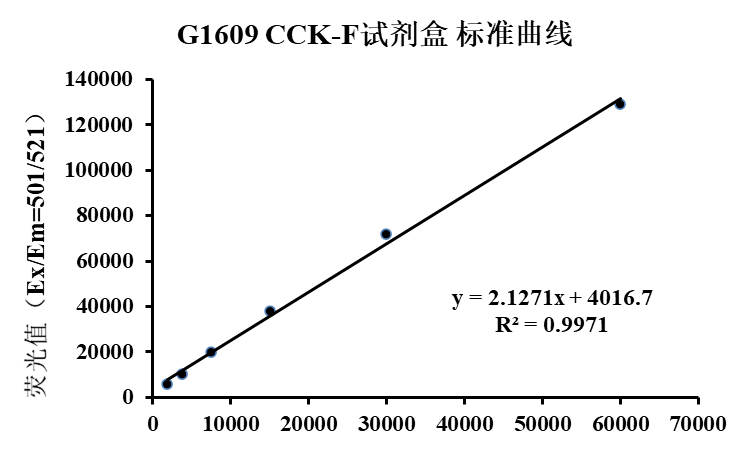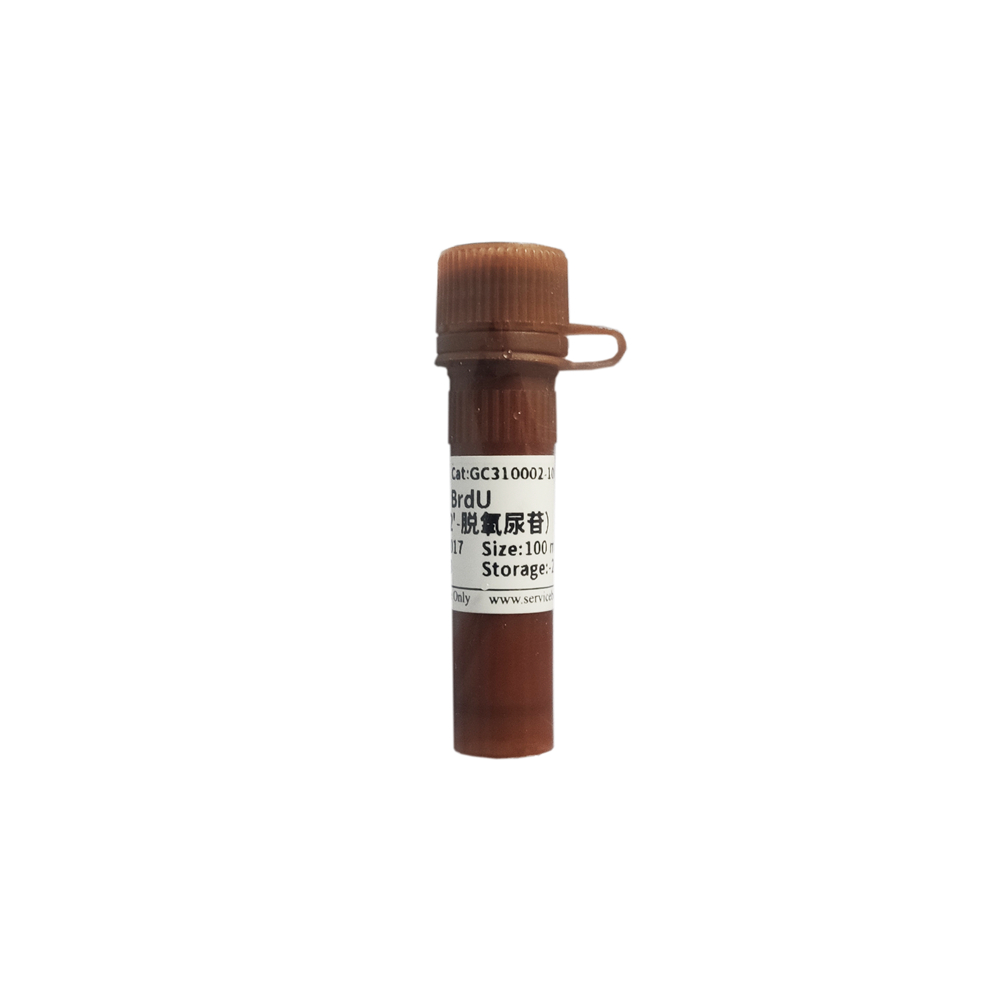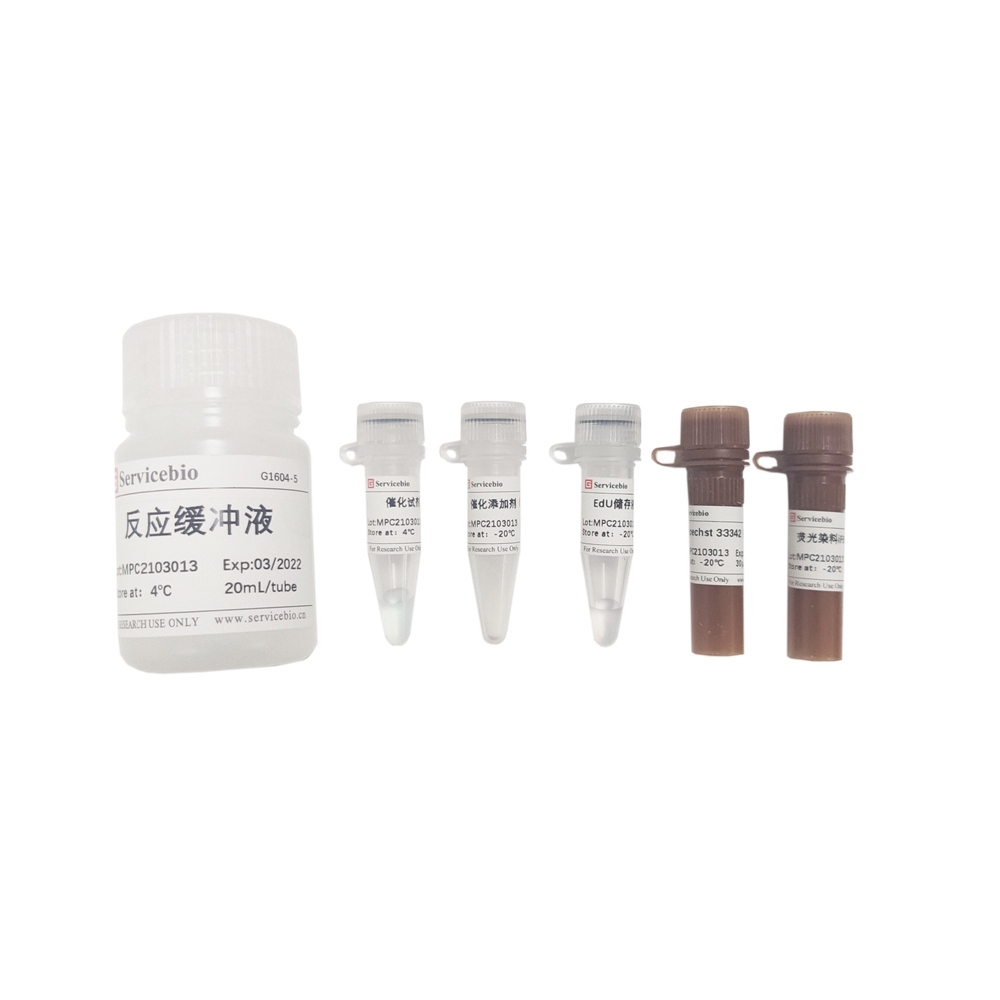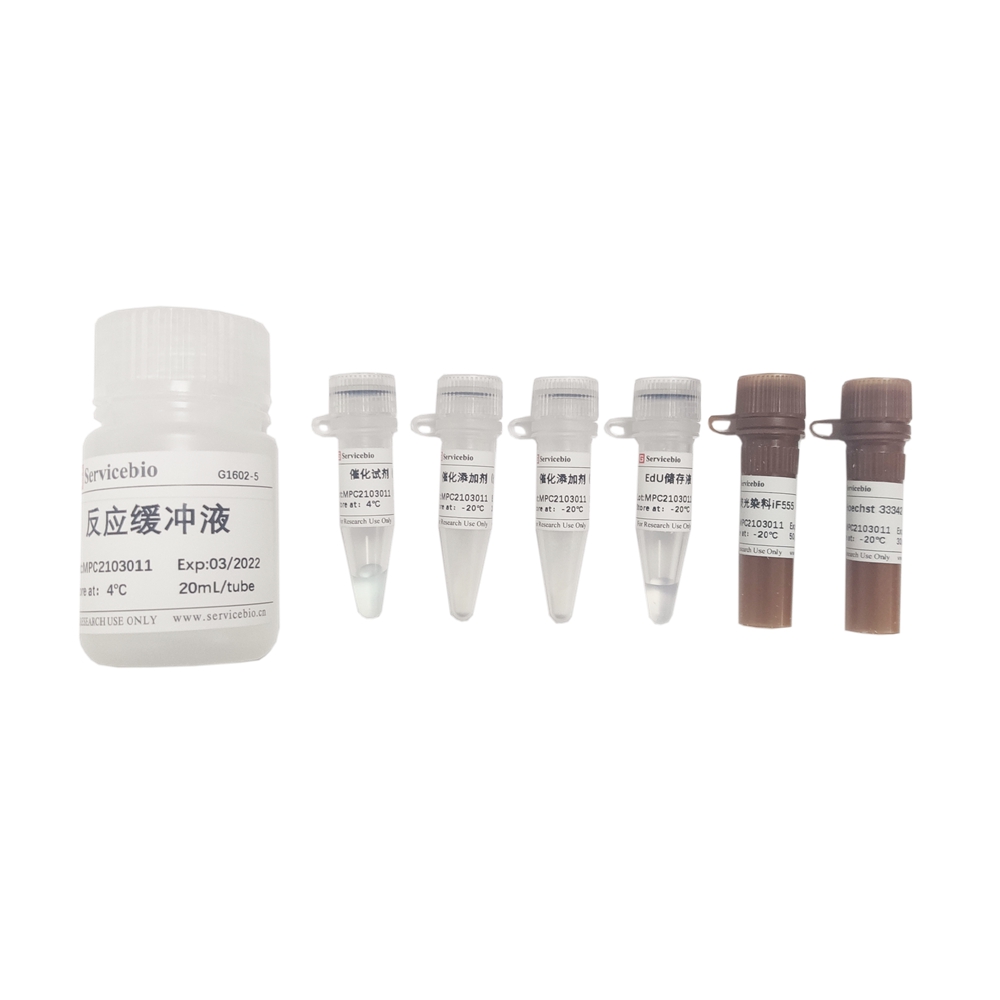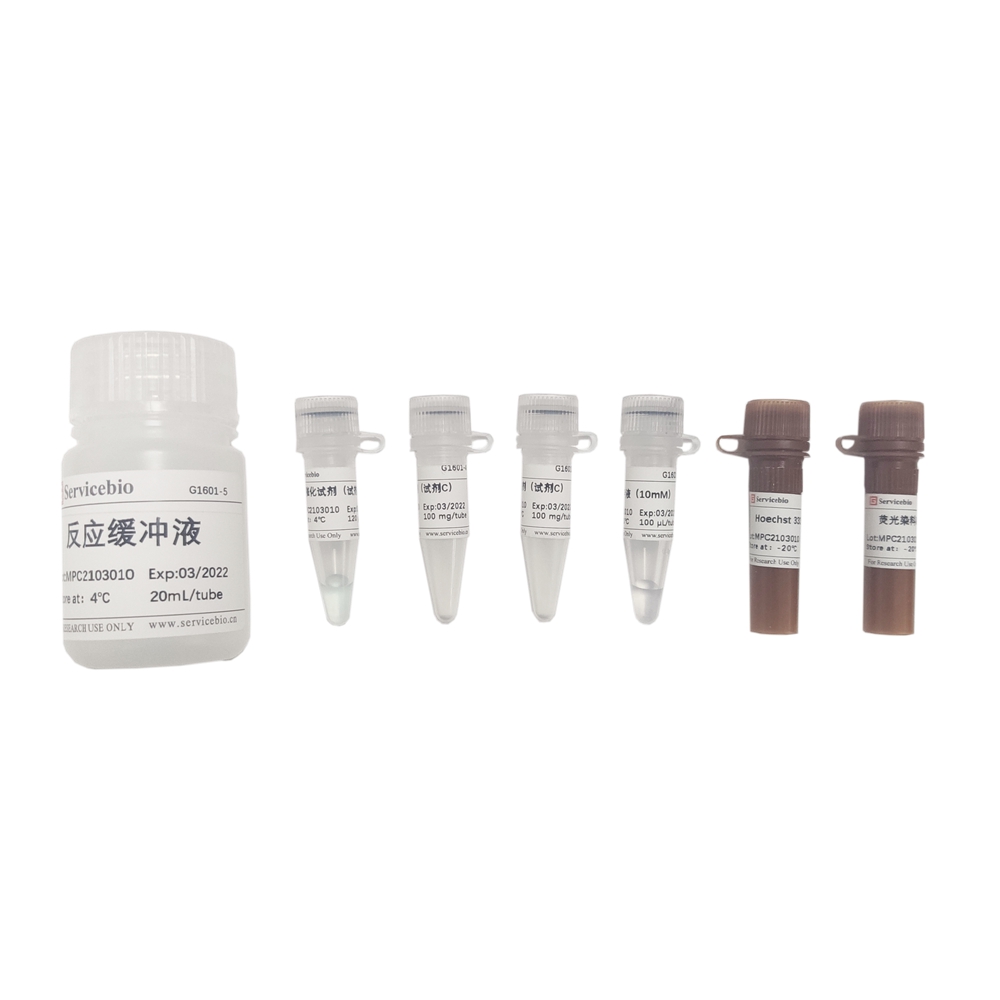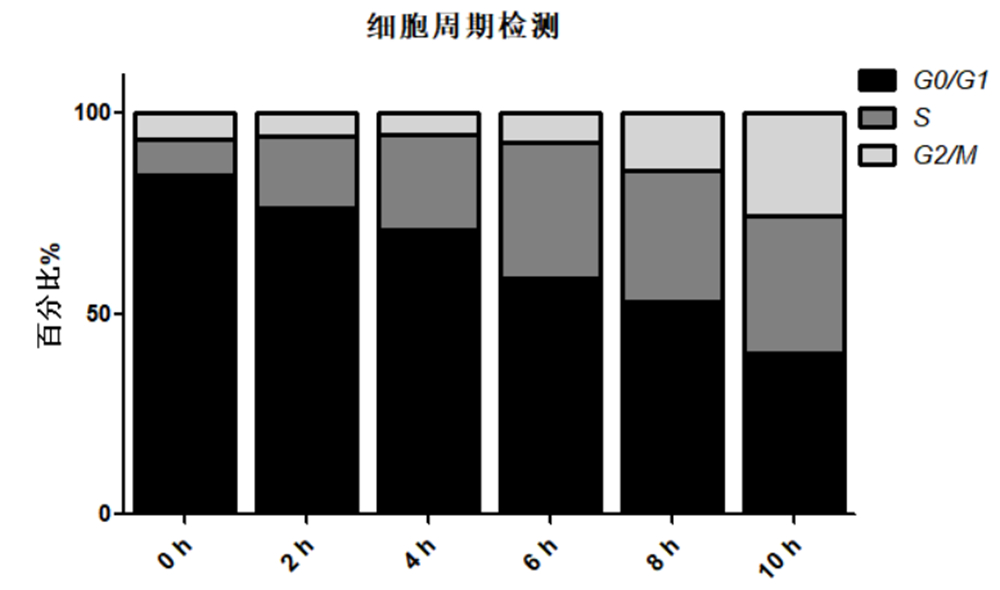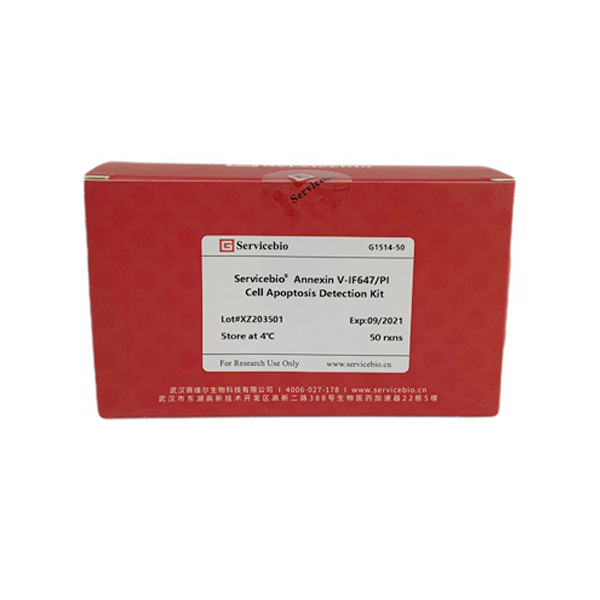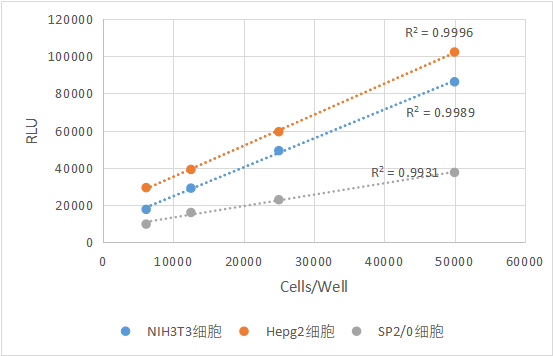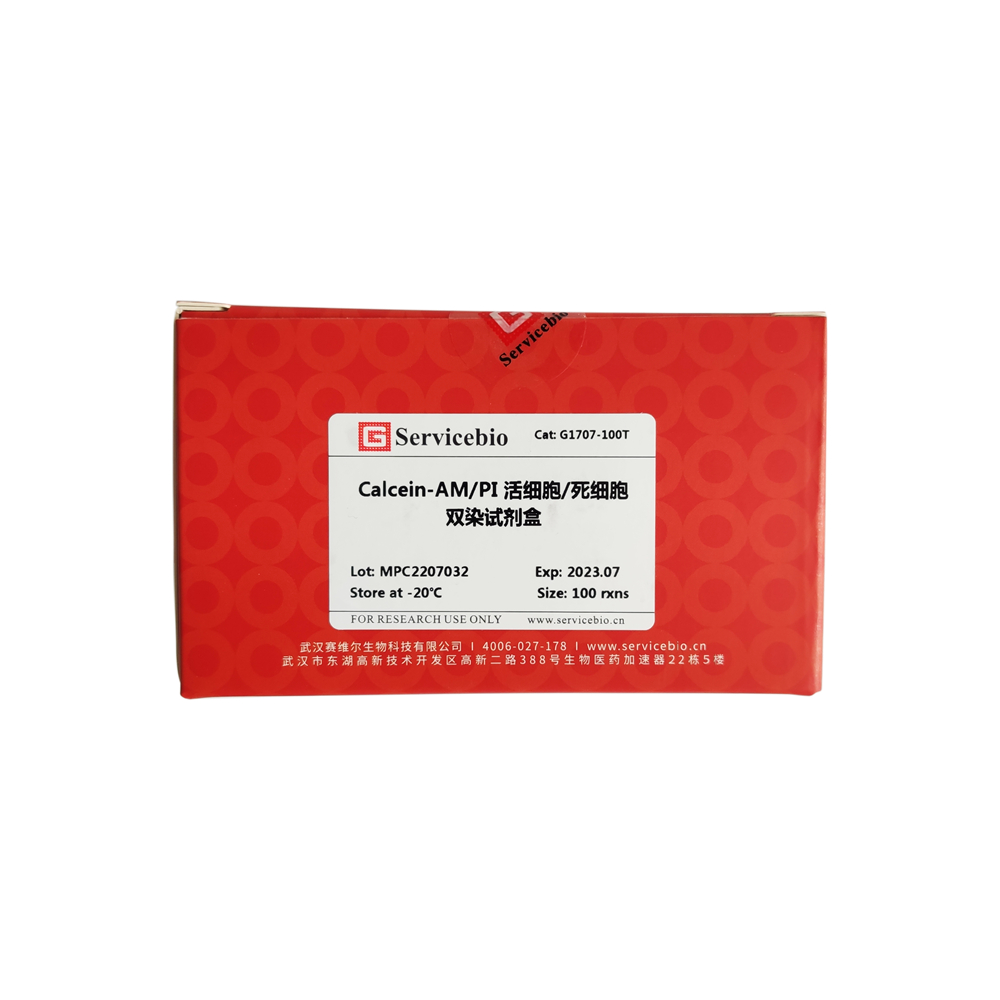Product Introduction
Analyzing cell proliferation is a common and important method in life sciences to assess the impact of genes, drugs, and other factors on cells in vitro, as well as to evaluate the growth and renewal capacity of cells in biological tissues under different conditions or interventions. Currently, there are various methods available for detecting cell proliferation, most of which rely on the measurement of metabolic enzymes produced by cells to indirectly assess cell proliferation activity (e.g., CCK-8 assay, MTT assay, etc.). However, factors such as drugs or the cellular state itself can influence the results of these indirect methods. Directly detecting DNA synthesis in cells to determine cell proliferation is recognized as the most accurate and effective method. However, both the initially used radioactive nucleoside incorporation method and the subsequent improved BrdU-based method have their limitations.
EdU (5-Ethynyl-2′-deoxyuridine) is a thymidine analog containing an ethynyl group. When injected into animals or incubated with cells in vitro, these small molecules can quickly diffuse into various organs and tissues and penetrate into cells. During cell proliferation, EdU can replace thymidine (T) and be incorporated into newly synthesized DNA. The ethynyl group in the EdU molecule can undergo a “click” reaction with a fluorescently labeled azide probe in the presence of copper ions, forming a stable triazole ring. This enables the labeling of newly synthesized DNA with the corresponding fluorescent probe. Compared to the radioactive nucleoside incorporation method, EdU detection does not have limitations such as radioactive contamination. Compared to the BrdU detection method, EdU detection does not require DNA denaturation or antigen-antibody reactions, significantly reducing the complexity and time required for the experiment, while also making it faster, more sensitive, stable, and accurate. This assay kit can be used to detect cell proliferation in cells cultured in vitro or animal tissues. The fluorescent probe in this assay kit emits red fluorescence, with a maximum excitation wavelength of 593 nm and a maximum emission wavelength of 614 nm. Cells undergoing proliferation will exhibit bright red fluorescence in the nucleus when labeled. The proliferation status of cells can be directly observed using fluorescence microscopy, confocal laser microscopy, or other instruments in conjunction with a conventional nuclear stain (Hoechst 33342 nuclear stain is provided in this assay kit). Alternatively, flow cytometry can be used to measure the fluorescence intensity of cell populations in vitro, and the DNA replication activity during the S phase of the cell cycle can be determined based on the fluorescence intensity.
Storage and Transportation
The product should be transported with wet ice (ice packs). It should be stored in the dark at -20°C. The EdU catalytic reagent (Component A) and the reaction buffer can be stored at 4°C. The product has a shelf life of 12 months.
Composition
| Component Number |
Component |
Volume |
| G1603-100T |
EdU Storage Solution (10 mM) |
100 μL |
| G1603-1 |
EdU |
N/A |
| G1603-2 |
Catalytic Reagent (Reagent A) |
120 μL |
| G1603-3 |
Fluorescent Dye iF594 (Reagent B) |
50 μL |
| G1603-4 |
Catalytic Additive (Reagent C) |
2×100 mg (powder) |
| G1603-5 |
Reaction Buffer |
20 mL |
| G1603-6 |
Hoechst 33342 Staining Solution |
30 μL |
Note: The above reaction quantities are for 96-well plate detection.
Experimental Preparation
- Serum-containing cell culture medium.
- Permeabilization solution: Buffer containing 0.2-0.5% Triton X-100 (recommended G1204).
- Fixative solution: 4% paraformaldehyde (recommended G1101) or similar reagent.
- PBS buffer (recommended G4202).
- Ultrapure water.
- Reagents for animal modeling and tissue sectioning (for animal tissue cell proliferation detection).
Procedure
- Preparation of in vitro cell samples and reagents:
1.1. Uniformly seed cells in cell culture plates at a certain density (cell density depends on factors such as cell size and growth rate). After the cells adhere or recover to a normal state, proceed with the corresponding drug stimulation or other treatments (for suspension cells, follow standard procedures, including centrifugation steps).
1.2. Centrifuge the catalytic additive (Reagent C) at low speed, take 100 mg, dissolve in 1 mL of ultrapure water, aliquot, and store at -20°C. The remaining powder can be kept as a backup.
- In vitro cell EdU labeling, fixation, and permeabilization:
2.1. Prepare 2x EdU incubation working solution: Add 2 μL of EdU storage solution (10 mM) to 1 mL of complete cell culture medium, resulting in a 20 μM 2x EdU incubation working solution. Preheat in a cell culture incubator (preliminary experiments are recommended to determine the optimal EdU working concentration, starting with 10 μM).
2.2. Remove half of the original cell culture medium from the culture plate using a medium exchange approach. Add an equal volume of preheated 2x EdU incubation working solution and incubate for a certain period of time (the incubation time generally depends on the cell growth cycle and is usually around 10% of the cell cycle duration. For most adherent cells with fast growth, it is recommended to incubate for approximately 2 hours. Adjust the incubation time and EdU concentration according to cell characteristics and treatment conditions. For longer incubation times, reduce the EdU working concentration; for shorter times, increase the EdU concentration).
2.3. After incubation with EdU, wash the cell samples with PBS buffer 1-2 times, then add fixative solution to cover the cells. Incubate at room temperature for 15 minutes (for flow cytometry analysis of adherent cells, digest and resuspend cells before fixation, and follow standard procedures for suspension cells). Wash 2-3 times with PBS buffer, 3-5 minutes per wash.
2.4. Remove PBS buffer and add permeabilization solution to cover the cells or tissues. Incubate at room temperature for 15 minutes.
2.5. Remove the permeabilization solution, wash 1-2 times with PBS buffer, 3-5 minutes per wash, and proceed to Step 4.
- EdU injection for animal modeling and tissue sectioning:
3.1. Perform EdU injection modeling on animals according to experimental requirements, such as intraperitoneal injection, intramuscular injection, subcutaneous injection, tail vein injection, etc. The recommended ratio of EdU dosage to animal weight is 5 mg/kg. The specific injection volume depends on the research content and animal conditions. This kit provides a portion of EdU storage solution primarily for in vitro cell EdU labeling. For EdU modeling in animals, EdU reagent (recommended G5059) needs to be purchased separately.
3.2. Tissues with fast cell proliferation rates, such as the small intestine, have a labeling time usually less than 12 hours, while tissues with slower growth may require several days for labeling. The optimal labeling time depends on the specific experiment. Since the epithelial tissue of the small intestine proliferates rapidly, it is recommended as a reference for labeling.
3.3. After euthanizing the animals according to established standards, collect the desired tissues and prepare frozen sections or paraffin sections following routine procedures.
a. For frozen sections: Allow the sections to reach room temperature, add an appropriate amount of fixative solution, and incubate at room temperature for 15 minutes. Remove the fixative solution, wash with PBS buffer 3 times, 3-5 minutes per wash. Remove PBS buffer, add an appropriate amount of permeabilization solution, and incubate at room temperature for 10-15 minutes. Remove the permeabilization solution, wash 1-2 times with PBS buffer, 3-5 minutes per wash, and proceed to Step 4.
b. For paraffin sections: Deparaffinize and rehydrate the sections, wash with PBS for 5 minutes. Remove PBS buffer, add permeabilization solution to cover the cells or tissues, and incubate at room temperature for 15 minutes. Remove the permeabilization solution, wash 1-2 times with PBS buffer, 3-5 minutes per wash, and proceed to Step 4.
- EdU click reaction:
4.1. Prepare the click reaction solution during the fixation and permeabilization of cells or tissues. The following table provides a reference for different sample systems.
For in vitro cultured cells: The table provides the volume quantities for 10 samples in a 96-well plate (100 μL per well). Adjust the quantities proportionally based on your specific requirements. Add the components in the order shown in the table, mixing after each addition (prepare fresh for immediate use).
[Table content is not provided in the text. Please refer to the original source or provide the table content separately.]
| Component |
Volume |
| Reaction buffer |
935 μL |
| Catalyst (Reagent A) |
10 μL |
| Fluorescent dye iF594 (Reagent B) |
5 μL |
| Catalytic additive (Reagent C) |
50 μL |
| Total volume |
1000 μL |
And here’s the English translation of the table for tissue cell sections:
| Component |
Volume |
| Reaction buffer |
928 μL |
| Catalyst (Reagent A) |
10 μL |
| Fluorescent dye iF594 (Reagent B) |
12 μL |
| Catalytic additive (Reagent C) |
50 μL |
| Total volume |
1000 μL |
Please note that these tables are provided for reference and you may need to adjust the quantities proportionally based on your specific requirements.
4.2. Remove the previous PBS buffer (from step 2.5 or 3.3) and add the click reaction solution. Gently shake to ensure that the reaction solution covers all cells or tissues. Incubate at room temperature in the dark for 30 minutes.
4.3. Remove the click reaction solution and wash with PBS buffer 2-3 times, each time for 3-5 minutes (if there are no specific requirements, the fluorescence intensity can be measured using a flow cytometer or other instruments).
- Nuclear staining of cells:
5.1. Remove the previous PBS buffer. Dilute the Hoechst 33342 staining solution with PBS buffer at a ratio of 1:500-1000 and add it to cover the cells. Incubate for 5 minutes.
5.2. Remove the Hoechst 33342 staining solution and wash with PBS buffer 2-3 times, each time for 3-5 minutes.
- Imaging and analysis:
Directly place the in vitro cultured cells or tissue section samples under a fluorescence microscope or confocal microscope to detect and analyze the proportion of proliferating cells. Alternatively, collect the in vitro cultured cells and measure the fluorescence intensity using a flow cytometer (it is recommended to use cells without EdU labeling as the negative control for flow cytometry and select appropriate voltage settings). The fluorescent dye iF594 (Reagent B) in this kit has a spectral characteristic of Ex/Em: 593 nm/614 nm (red), and the Hoechst 33342 staining solution has a spectral characteristic of Ex/Em: 346 nm/460 nm (blue).
Notes:
- For in vitro cultured cells, the specific concentration of EdU and incubation time may vary depending on the sample and research purpose, and can be adjusted accordingly.
- Some tissue cells have slow proliferation rates. To exclude factors such as poor modeling effects, it is recommended to select tissue samples with faster proliferation rates as reference samples (e.g., intestinal tissue).
- If the background color is too dark, it may be due to insufficient washing during the experiment, excessive fixation time for tissue samples, or residual fixative.
- The catalytic additive (Reagent C) of EdU is prone to oxidation. Try to avoid prolonged exposure to air. After preparation as an aqueous solution, it is recommended to store it in aliquots. Through testing, if the color of the catalytic additive of EdU changes slightly, the click reaction catalytic system can still proceed normally. However, if it turns brown, it indicates that the component has become ineffective and should be discarded.
- Please wear appropriate lab attire and disposable gloves when performing the procedures.
This product is for research use only and is not intended for clinical diagnosis!
Version: V1.0-202103

